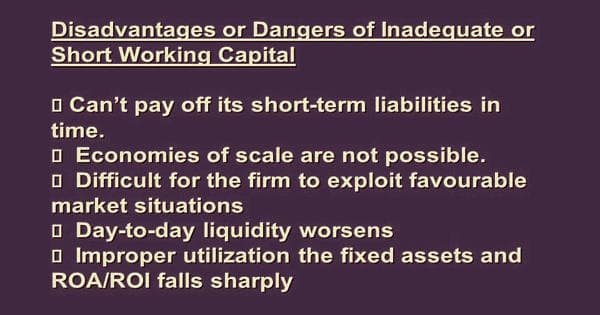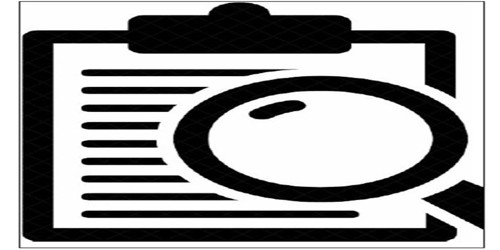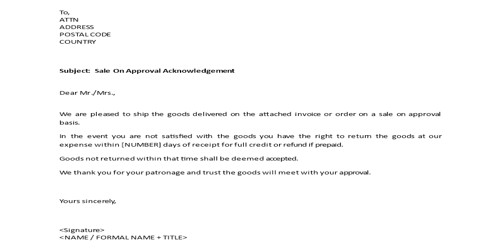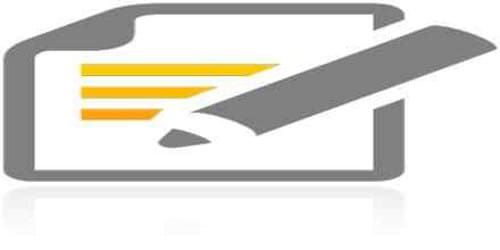Tax Adjustment
Tax is a change to the amount of tax owed by a company or individual. Tax adjustments are transactions that are entered to adjust the amount in the “Tax Payable” account to arrive at the correct tax liability that needs to be paid to the tax agency. When cash and book salvage value of the asset is different in this situation we have to adjust the tax. Cash salvage value affects on an estimation of initial cash outlay. It means any adjustment (whether positive or negative) required by a Taxing Authority, or appearing in an amended Return, to any Tax liability or item reflected (or which should have been reflected) in any Return.
(i) If a book salvage value is equal to cash salvage value: If existent assets are sold at their book value there is no tax adjustment because the tax is adjusted in profit or loss.
(ii) If a cash salvage value is more than book salvage value but less than the original cost:
When a company sells fixed assets more than book salvage value less than the original cost this more value is known as normal gain. In normal gain, the company has to pay tax. For example, the assets which are purchased at $ 500,000 five years before. The book value today is $ 250,000 and cash salvage value today is $ 300,000. In this case, the profit will be $ 50,000, which is known as the normal gain. If there is the provision of a 40% normal tax $ 20,000 ( 40% of $ 50,000) must be paid as tax.
If the company desired to purchase the new assets of $ 600,000, the net investment can be determined as follows:
Purchase price of new assets……………………………….= – 600,000
Cash salvage value of old assets…………………………..= + 300,000
Tax paid………………………………………………………………= – 20,000
Net investment = – 320,000
(iii) If a cash salvage value is more than book salvage value as well as original value:
The difference between cash salvage value and the original value of assets is known as capital gain and the difference between the original value and book value is known as normal gain. It should be cleared as follows:
Normal gain = Original value – Book salvage value
Capital gain = Cash salvage value – Original value
Both capital and normal gain have to pay tax but capital gain tax may be low than normal gain tax. For example,
Original value of assets = $ 300,000
Book salvage value of assets = $ 200,000
Cash salvage value of assets = $ 330,000
Then, capital gain = cash salvage value – original value = 330,000 – 300,000 = $ 30,000.
Normal gain = Original value – Book salvage value = 300,000 – 200,000 = $ 100,000.
Let capital gain tax rate 25% and the normal tax rate is 40% in that case tax paid will be:
Normal tax(40% of 100,000) = $ 40,000
Capital gain tax (25% of $ 30,000) = $ 7,500
If the company desired to purchase the new assets of $ 600,000, the new investment can be determined as follows:
Purchase price of new assets ……………….= -600,000
cash salvage value of old assets…………..= + 330,000
Tax paid on capital gain………………………..= -7,500
Tax paid on normal gain……………………..= -40,000
Net investment………………………………….= -317,500
















